Yellow Trumpets (Sarracenia alata), also known as Flycatcher, Pale Pitcher Plant, Sweet Pitcher Plant, and Trumpet Pitcher Plant, belong to the Sarraceniaceae family and are native to the wet pine savannas of Alabama, Mississippi, Louisiana, and Texas. This perennial carnivorous plant thrives in consistently moist environments, where it uses its unique pitcher-shaped structures to trap and digest insects. Often showcasing various colors with striking stripes, these plants are both fascinating and functional, making them a standout among North American carnivorous species.
| Common name | Flycatcher, Pale Pitcher Plant, Sweet Pitcher Plant, Trumpet Pitcher Plant, Yellow Pitcher Plant, Yellow Trumpets |
| Botanical name | Sarracenia alata |
| Family | Sarraceniaceae |
| Species | alata |
| Origin | Alabama to Texas |
| Life cycle | Perennial |
| Plant type | Carnivorous |
| Hardiness zone | 6, 7, 8 |
| Sunlight | Full Sun |
| Maintenance | High |
| Soil condition | Clay |
| Soil ph | Acid |
| Drainage | Poorly Drained |
| Harvest time | Fall |
| Flowering period | Spring |
| Flower color | Gold, Yellow |
| Fruit color | Brown, Copper |
| Fruit type | Capsule |
| Leaf benefit | Showy |
| Flower benefit | Showy |
| Garden style | Water Garden |
| Uses | Container |
I. Appearance and Characteristics
Sarracenia alata, also known as yellow trumpets, pale pitcher plant or pale trumpet, is a carnivorous plant in the genus Sarracenia.
Like all Sarracenia species, S. alata is endemic to the New World, having evolved its perennial growth habit and insect-supplementation as a result of its unique ecological niche and environment. These pitcher plants grow in generally flat and low-lying areas, preferring protection from heavy breezes and high winds. They thrive where most plants would likely perish—in consistently saturated soils that are generally low in nutrients—as well as open wetlands, typically classified as longleaf pine (Pinus palustris) savannas.
The pale pitcher plant’s habitat is split into two geographically separate areas: an eastern range from East Louisiana across the Gulf Coastline of Mississippi, and into West Alabama. The species also has a western range from East Texas into West Louisiana. In Mississippi, there are mature, wild specimens of S. alata which rival the sheer size of any other Sarracenia species.
Among members of Sarracenia the floral coloring of Sarracenia alata is remarkably varied. Flowers may be cream to white, greenish, yellow or reddish. As the floral color variations exist within populations hundreds of miles from any other Sarracenia species, these variations cannot be attributed to hybridization. Other than the range of floral colors, Sarracenia alata differs little from Sarracenia rubra. The veining of Sarracenia rubra pitchers tends to be more reticulated whereas that of Sarracenia alata often exhibits more of a pinstripe pattern and grows taller pitchers.
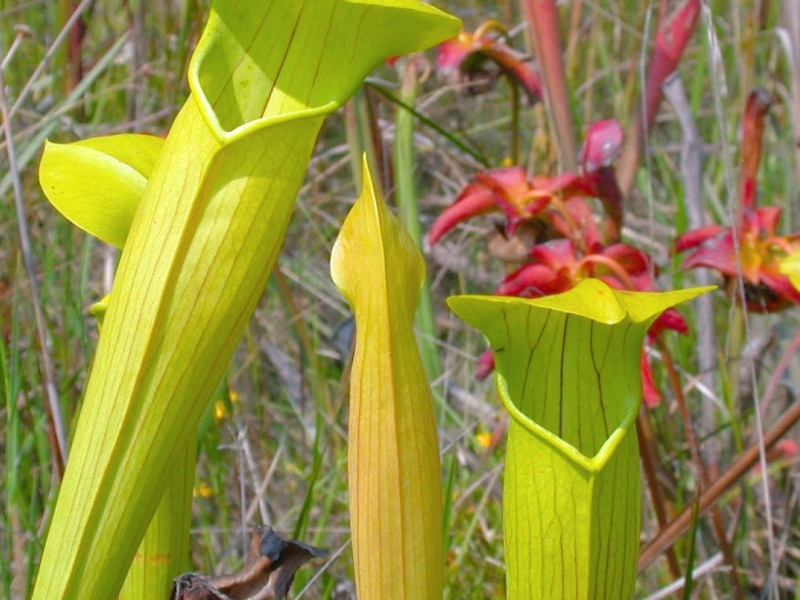
II. How to Grow and Care
Sunlight
Yellow trumpets flourish best under full sun exposure, which is pivotal for its vigorous growth and health. The intensity of the light ideally should be bright and direct for at least six hours per day. While yellow trumpets tolerate partial sun, lesser light may lead to reduced vitality and sparse growth. Deviations from optimal light can result in weakened prey-capture efficiency and suboptimal coloration, as strong light enhances its distinct pigmentation. Adaptive traits such as the plant’s ability to modulate the opening of its ‘trumpet’ aid in maximizing light capture. Recommended planting positions are in open areas outdoors where sunlight is abundant, avoiding significant shade to maintain its robust form and function.
Temperature
Yellow trumpets is a very hardy plant native to North America. In its natural habitats, it can endure regular below-freezing temperatures in winter and survive temperatures up to 32 ℃ during summer. The optimum growing temperature range is between 16 to 21 ℃.
Potted yellow trumpets in the house should not be kept in temperatures exceeding 35 ℃. This is the temperature threshold, and it is very important especially if the humidity is low. During the winter, the temperature can range between -14 to 3 ℃. Underground rhizomes are resilient to winter frost.
Watering
Sarracenia alata needs a humid atmosphere and soil . The water must be distilled or rainwater , since they do not tolerate tap water. It is a good idea to place a saucer containing a bottom of water during the growth period. Raise the pot by placing pebbles, so that the base of the pot is barely in contact with the water. This will provide the plant with a constant source of moisture.
Soil
Yellow trumpets grows best in nutrient-poor, acidy (pH ranging from 3-5), moisture-retaining soil. A mix of sand and sphagnum peat moss in the ratio of 1:2 is highly recommended. Avoid rich and clay soils. Sunken containers with drainage and peat and/or sand mix will work well for your yellow trumpets. If growing outside, where there is plenty of water to flush the soil, perlite can be used instead of sand.
Fertilizing
Sarracenia alata needs a humid atmosphere and soil . The water must be distilled or rainwater , since they do not tolerate tap water. It is a good idea to place a saucer containing a bottom of water during the growth period. Raise the pot by placing pebbles, so that the base of the pot is barely in contact with the water. This will provide the plant with a constant source of moisture.
Planting Instructions
Yellow trumpets are easiest to grow in plastic pots or any other large plastic container. It can be grown indoors or inserted into soil in a container. If planting outside, plastic containers are recommended, as they will ensure that your plant has ample amounts of water. This will also reduce your watering and is economically sensible and eco-friendly.
Before planting, add a mixture of peat and sand to the hole for drainage and nutrition. Yellow trumpets need a deep hole of 30 to 41 cm, with at least 25 cm spacing between plants. When planting, the crown of the rhizome should stick out just above the soil.
Pruning
Yellow trumpets can thrive without pruning. However, sometimes it is necessary to remove certain parts to increase the overall health and create a fuller plant. Prune blossoms if they wilt. Use sharp garden scissors to remove the bloom stalk at its base. If the leaves have turned yellow and wilted, cut off them at the base where they meet the stem of the plant. Remember to disinfect your garden scissors between plants to reduce any possible cross-contamination.
Propagation
Seed germination is quite easy and gives healthy and strong Yellow trumpets. Cuttings by division of the rhizome are to be considered as for the other Sarracenia. It can germinate well in sphagnum moss as well as in a mixture of sphagnum moss and sand, which can consist of 30% to 100% sphagnum moss. When a few plants begin to grow, slowly discover the top of the pot, a little more each day, to avoid placing the seeds under the stress of a drastic change in moisture level. After cold stratification , germination takes about 1 to 3 months, but it could be more, depending on the degree of broken dormancy.
Repotting
Repot yellow trumpets, a pitcher plant, every 2-3 years in early spring to encourage robust growth. This non-climbing species flourishes in a slightly larger container that accommodates its long roots. Use a well-draining pot for moisture control. Post-repotting, keep the soil moist and provide partial sunlight to ensure ideal conditions for this carnivorous, unique-trumpet-shaped plant.
Find Where to Buy the Best Yellow Trumpet (Sarracenia alata)






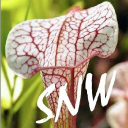



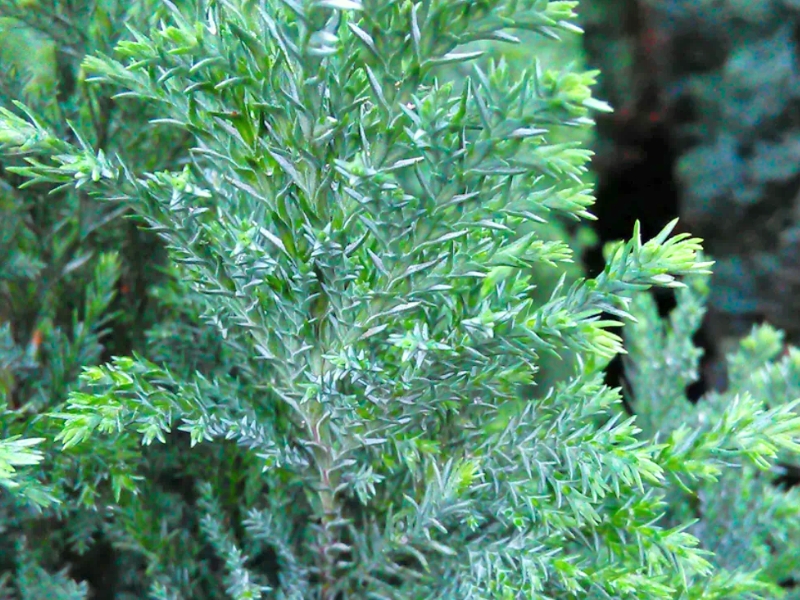

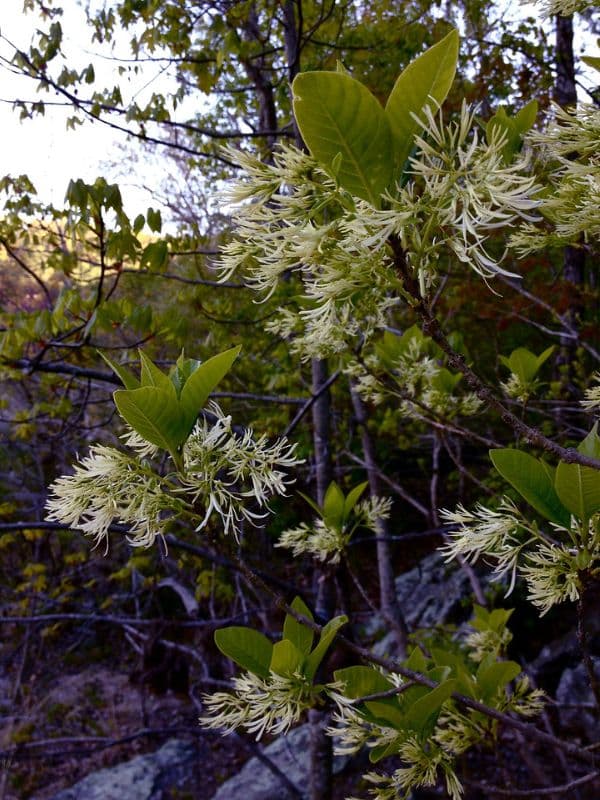
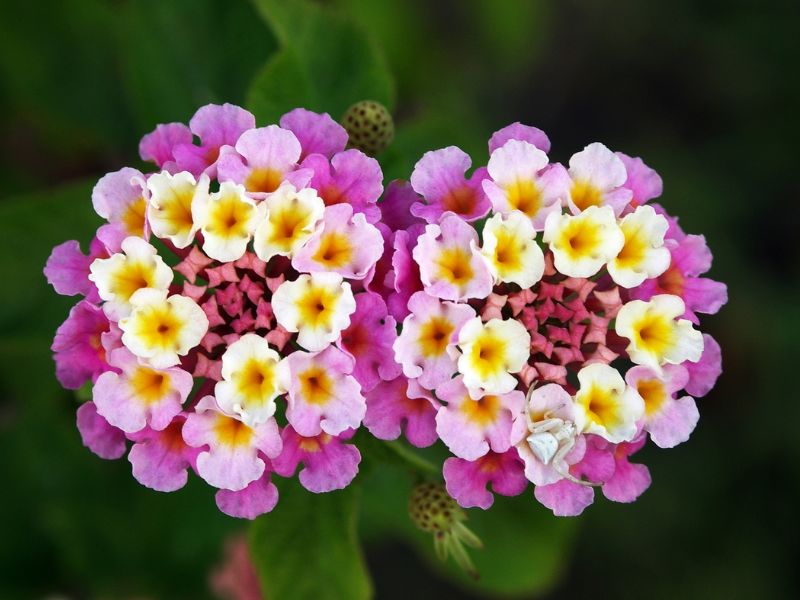
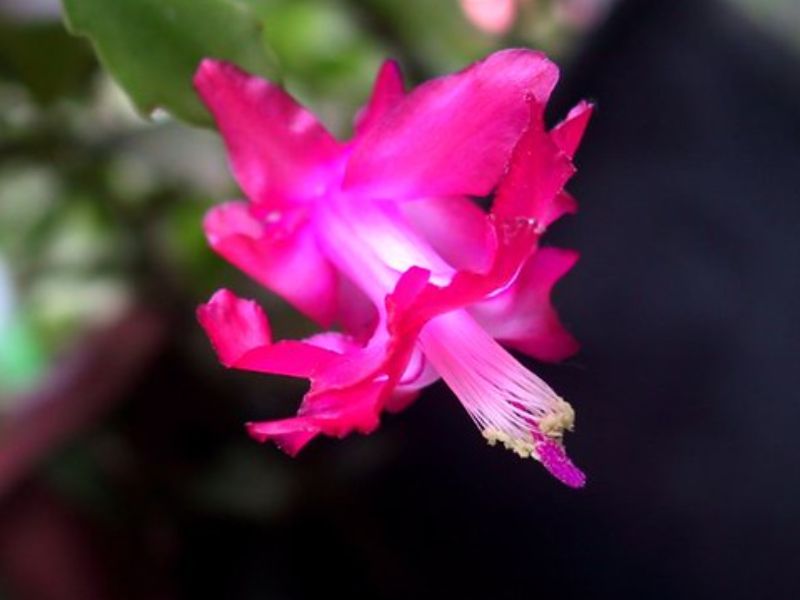
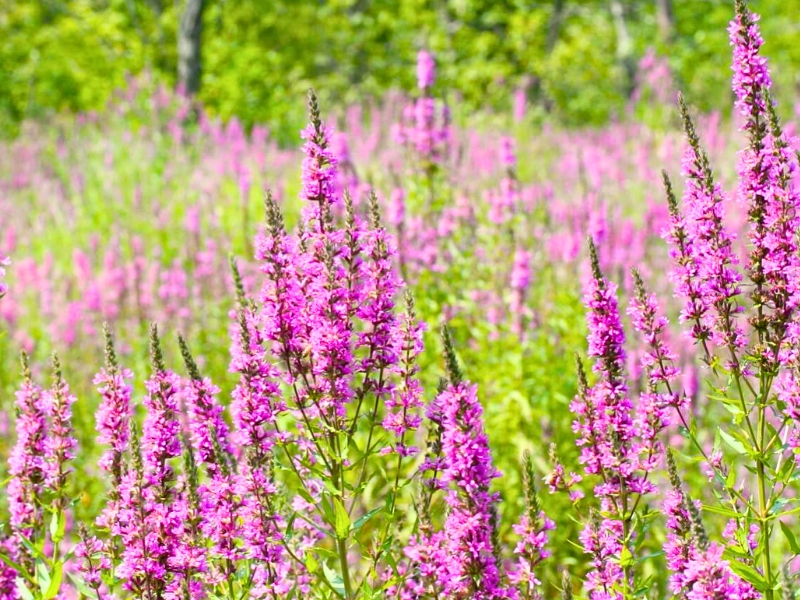
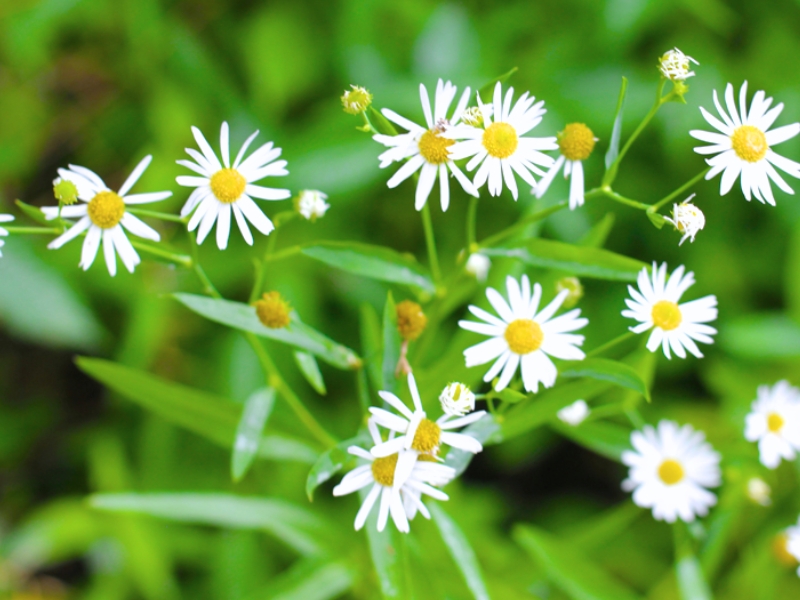
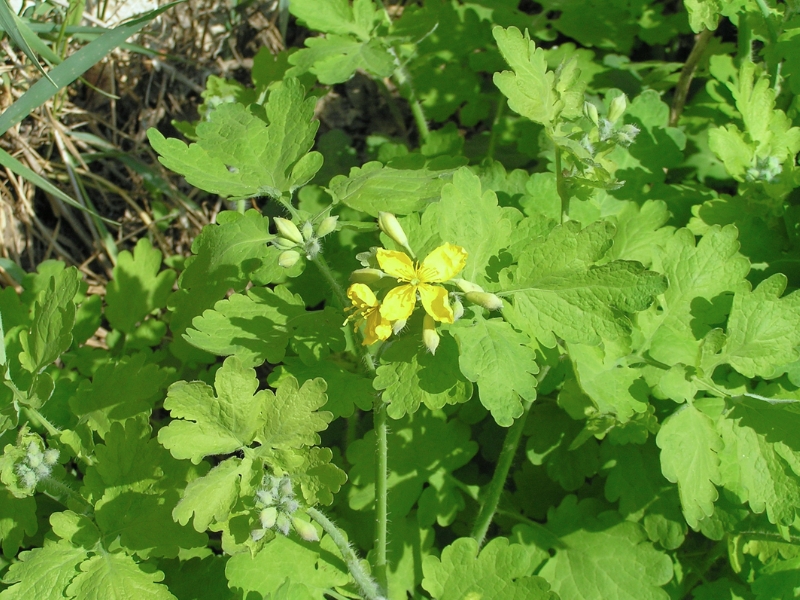
Leave a Reply